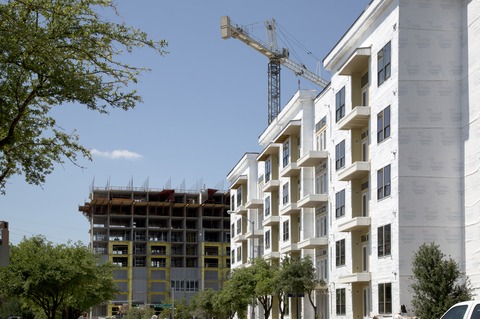Did you know that communication with providers is what matters most to patients? That the design of the hospital environment matters little to them? And that investing in brand new fancy hospitals is a waste of money?
Or so concluded most of the mainstream media that reported on the study published by Johns Hopkins researchers. Once again, writers and reporters at some of America's finest media outlets didn’t tell the whole story, leading with overblown headlines crying foul.
Okay, I get it, that’s what gets attention and makes for good reading. But is it good reporting?
Outdated Facilities Aren't the Only Problem
The fact is that the study did find little correlation between hospital design and care-related or even overall patient satisfaction scores. But, there was significant improvement in facility-related satisfaction scores – things like noise levels, pleasantness of décor, visitor accommodation and comfort, and room cleanliness.
Are we to conclude from this, like the researchers did, that outdated facilities should not be used as an “excuse for suboptimal satisfaction scores?”
Well no one has ever claimed that hospital design alone can make for a better patient experience. You can design the most beautiful warm and comforting facility, but if the attitude and behavior of the staff is not warm and comforting (that communication thing), it probably won’t matter.
The lessons learned from Planetree long ago made us realize that design is not the antidote for a bad culture. But it can be part of culture change.
Patient Safety at Risk
And it’s not just beauty that we’re talking about here. Many outdated facilities actually create more risk for patients. High noise levels raise anxiety for both patients and staff, contributing to errors and increased need for pain meds.
Double-bed patient rooms raise the chance of infections. Poor unit and room layout can cause falls.
If a patient experienced any of those adverse events in a hospital, wouldn’t his or her overall satisfaction decrease?
As for cost, what the mainstream media fails to realize is that over the 40-50 year lifespan of a hospital building, an investment in design features that impact outcomes more than pays for itself. And while the data on this isn’t as strong as it could be, there’s enough to be convincing.
So please hospital leaders, ignore the recent headlines and carefully evaluate all the evidence before you dismiss the idea that the design of the hospital environment impacts the patient experience.
Everyone else in the healthcare design community – keep pushing to do more research and get the word out so the real story can be told.
P.S. Please do me a favor -- if you liked this post and like this blog, please share it with others by sending them the link and/or post it on your Twitter, LinkedIn, or Facebook, etc. Also, don't forget to subscribe, so you'll get emails when new content is posted. Thanks!







